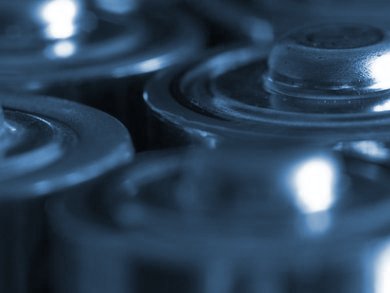The salinity difference between seawater and river water is a renewable source of enormous entropic energy, but extracting it efficiently as a form of useful energy remains a challenge.
The major components of the global water cycle involve distillation of water from oceans by evaporation, precipitation, and collection of this freshwater in rivers, lakes, and aquifers, with mixing of freshwater and salt water in estuaries. Solar energy drives this cycle, creating a significant salinity difference between seawater and freshwater. The entropic energy created by the difference in water salinities is normally dissipated when river water flows into the sea. This reduction in free energy due to the mixing is estimated at 2.2 kJ/L of freshwater.
Yi Cui, Stanford University, CA, USA, and colleagues demonstrated a “mixing entropy battery”, battery”, which extracts energy from the difference in concentration of two solutions and stores it as chemical energy inside the electrode material’s bulk crystal structure. The battery, containing a Na2–xMn5O10 nanorod electrode, was shown to extract energy from real seawater and river water and can be applied to a variety of salt waters. Energy extraction efficiencies of up to 74 % were reached. Considering the flow rate of river water into oceans as the limiting factor, the renewable energy production could potentially reach 2 TW, or ∼13 % of the current world energy consumption.
The mixing entropy battery is a novel type of electrochemical system compared to existing technologies, simple to fabricate and could contribute significantly to renewable energy in the future.
- Batteries for Efficient Energy Extraction from a Water Salinity Difference,
Fabio La Mantia, Mauro Pasta, Heather D. Deshazer, Bruce E. Logan, Yi Cui,
Nano Lett. 2011.
DOI: 10.1021/nl200500s




